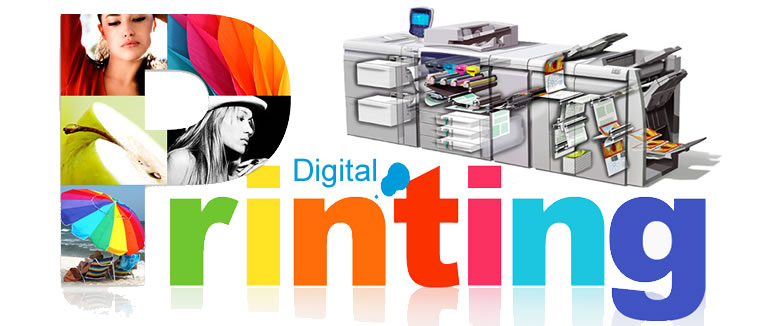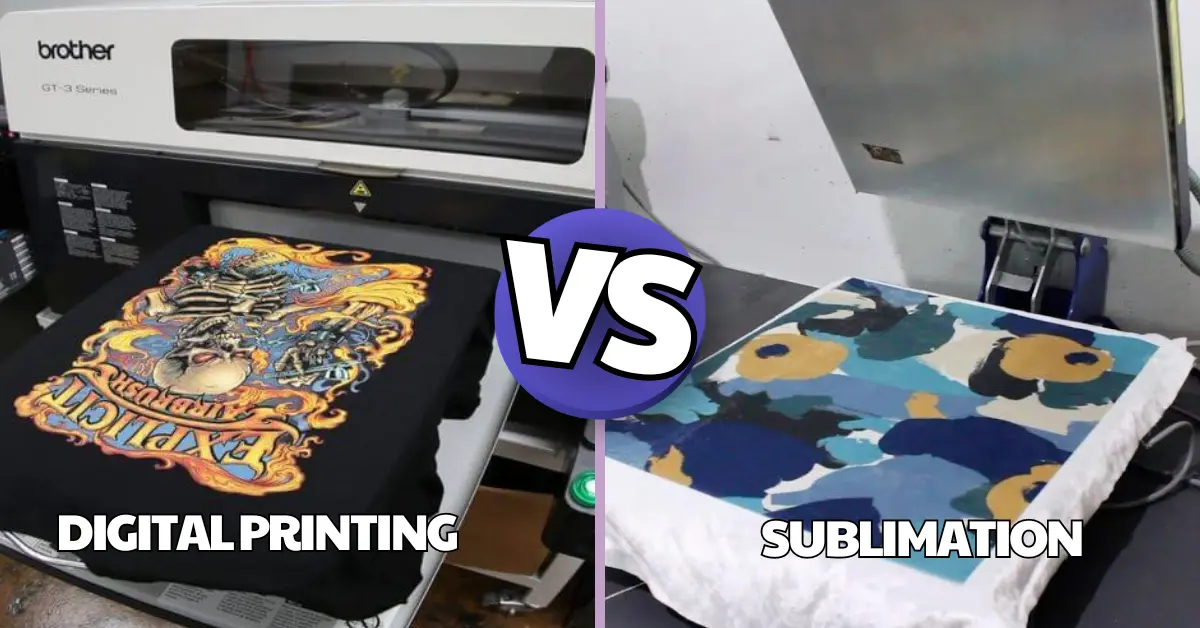Digital Printing Fundamentals Explained
Digital Printing Fundamentals Explained
Blog Article
Rumored Buzz on Digital Printing
Table of Contents6 Simple Techniques For Digital PrintingAn Unbiased View of Digital PrintingSee This Report about Digital Printing3 Simple Techniques For Digital PrintingUnknown Facts About Digital PrintingWhat Does Digital Printing Mean?What Does Digital Printing Mean?Facts About Digital Printing Revealed
Customization likewise enables companies to stand out in a jampacked market by developing one-of-a-kind advertising and marketing products that differentiate them from their competitors. Among the main advantages of electronic printing is the capability to publish variable data. Each printed piece can be one-of-a-kind, allowing companies to produce customized advertising and marketing materials that talk straight to their target audience.Digital printing additionally allows for personalization in the layout of marketing products (Digital Printing). With electronic printing, companies can produce layouts that are unique and tailored to their specific needs.
The Ultimate Guide To Digital Printing
By publishing smaller sized amounts of marketing materials, companies can reduce waste and prevent the requirement for excess inventory. Digital printing is additionally flexible.
By using different products and formats, organizations can develop one-of-a-kind advertising and marketing products that stand apart from their rivals and stand out from their target audience. Digital printing likewise offers consistency. With traditional printing approaches, there is often variant between prints due to distinctions in ink coverage, stress, and various other aspects.
This consistency can help build customer depend on and trustworthiness, showing that the organization is devoted to providing top notch products. Consistency is specifically crucial for businesses that wish to construct client depend on and trustworthiness. By guaranteeing that every print corresponds, services can show that they are committed to offering high-quality products and taking notice of the information.
Digital Printing Fundamentals Explained

Additionally, electronic printing produces much less waste since it can print on demand and in smaller quantities, minimizing the demand for excess stock and products. Digital printing likewise makes use of much less power compared to conventional printing methods. Digital printers do not call for as much energy to run, as they do not need to warm up as a lot or utilize as much power to run.
The Only Guide for Digital Printing

Balanced out printing needs a plate for each and every color printed. Typical countered printing is a print approach that uses aluminum plates to move ink onto a rubber sheet (typically described as a "covering"). The image is then rolled onto the printing check this surface area. This printing approach is considered "offset" since the ink is not moved to the paper straight.
An Unbiased View of Digital Printing
Balanced out printing allows for a vast variety of print products to be utilized throughout production. The top notch images generated through countered printing make it the favored approach, particularly among visuals designers, when seeking the best color reproduction, information, and professional-looking prints.
The fundamental printing approach remains countered. For digital inkjet printing, ink is moved directly onto the surface area. As opposed to relying upon light weight aluminum plates and rubber coverings to move an image, digital printing makes use of liquid ink throughout production. Standard home inkjet printers are one of one of the most typical digital printing approaches.
The 3-Minute Rule for Digital Printing
Because offset printing can mix customized color inks for each job, it will normally obtain the colors spot-on. Count on balanced out printing for clean, distinct types and images without streaks or areas.
It sets you back a great deal to start a countered job. You need to invest money right into producing the plates, which requires time. Once you've spent it, all of the products are ready to go, and you'll spend much less on big balanced out work than a digital print, which is about the same per piece no issue exactly how big the task gets.
Each print is similar. You risk less odd variations triggered by inequalities in water and ink. Digital printing is much less costly for low-volume tasks. The rate each drops for electronic printing, so at some factor, they crisscross. Transforming info within a solitary print job. Claim Source you were publishing out postcards promoting a performance.
Examine This Report on Digital Printing
While digital printing or inkjet printing is the favored choice in the present times, there are engaging factors to transform from balanced out to digital printing systems. When publishing countered or electronically, critical choices and procedures are involved in color matching.
Industrial inkjet printing provides adaptability for printing on numerous different substratums. Digital printing is suitable for consumers who do not call for longer runs and warehousing materials.

One advantage of digital printing is selecting from a large variety of electronic substrates. With electronic printing, the expense of the substratum in the total work is minuscule.
The 9-Second Trick For Digital Printing
Tools expenses in inkjet printing are much lower than countered printing as there are no plate-making, plates, and press expenditures. Beyond the resources cost, the prepress devices and printing presses require highly competent operators in offset printing, which includes labor costs.
Report this page